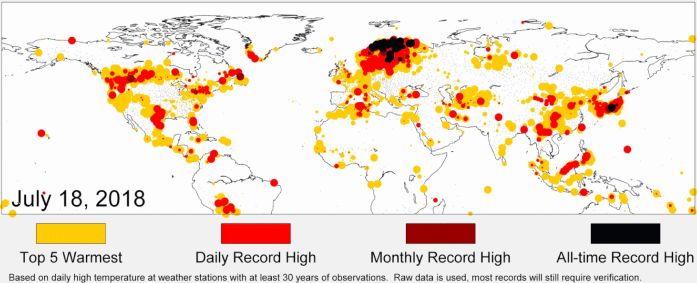If you have heard about credit card skimmers, you probably know the advice to tug on a credit-card scanner before using it. That’s not really that effective against more and more of the scanners, as they are getting smaller, and more easily hidden within or on top of real scanners in such a way that a sharp tug just won’t reveal them any more. Enter the Skim Reaper, a scanner that works instead by checking for multiple voltage spikes such as those caused by a hidden reader.
We have partnered with law enforcement agencies to comprehensively characterize skimmers, with the goal of designing and delivering strong tools to reduce this kind of crime. As a result, we created the Skim Reaper™, which specifically targets overlay and deep-insert skimmers.
A better brief explanation can be found at Ars Technica, one of the finest geek sites on the web.
SkimReaper is aimed specifically at overlays and inserts. It uses a card-shaped sensor with a printed circuit that, when powered, can detect the voltage spikes created by coming in contact with magnetic reader heads. If it detects two or more, there’s a skimmer in play.
While I have found no information yet on how to build your own nor how to buy your own Skim Reaper to keep yourself safe, I am sure that both a DIY guide and a pre-made Reaper purchase option will happen before too long.
